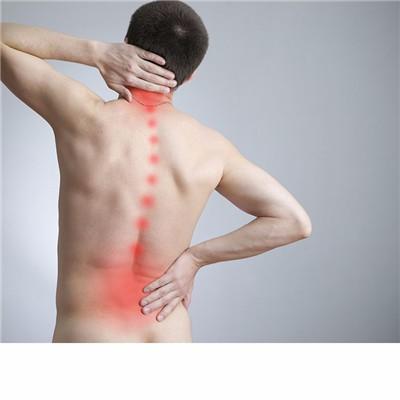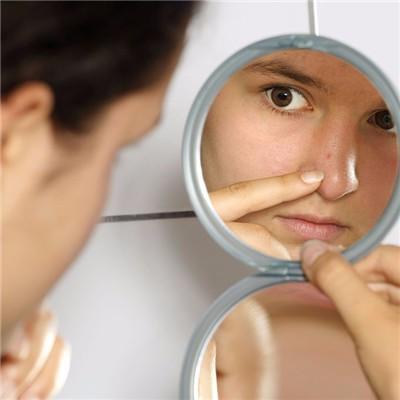Is child hip joint dislocation good to treat? Too small or conservative?
summary
The hip joint dislocation of children is manifested in the asymmetry of skin folds from the groin to the thigh, and the number of folds is asymmetric; the activities of the baby's two legs are unbalanced, one leg has more activities, one leg has less activities, one foot can exert a lot of force, and the other foot has insufficient force; the length and thickness of the two feet are not symmetrical; when parents exercise the child's lower limbs, there is a snapping sound, and so on. Once discovered how does the child hip joint dislocation do? Of course, first to see a doctor, doctors generally divided into two kinds of treatment.
Is child hip joint dislocation good to treat? Too small or conservative?
First, 18 month old infants are generally treated conservatively, and fixed in different ways according to different ages. Pavlik sling is suitable for infants under 6 months of age. This sling needs to be worn all day until hip stability is achieved. The success rate of this kind of sling is more than 90%.

Second: infants under 6 months old can also be reduced by traction. After traction, the hip joint can be abducted and the femoral head can slowly return to its original position. The advantage of this method is that the femoral head is gradually reset to prevent the occurrence of ischemic necrosis. The disadvantages are long time, difficult nursing, easy to cause skin damage and so on.

Third: infants aged from 6 months to 18 months can use manipulative reduction. The manipulative reduction should be gentle, and plaster fixation should be used after reduction. Plaster takes 3 months to fix the acetabulum, and the fixation time should be used to make the femoral head and acetabulum grow together.

matters needing attention
The second method is to correct the deformity of acetabulum and proximal femur by pelvic and femoral osteotomy. This is more serious and difficult to recover. It can only be carried out as a last resort. It is recommended to refer to the opinions of professional doctors. Early detection, early treatment, the longer the delay, the more difficult to treat.









